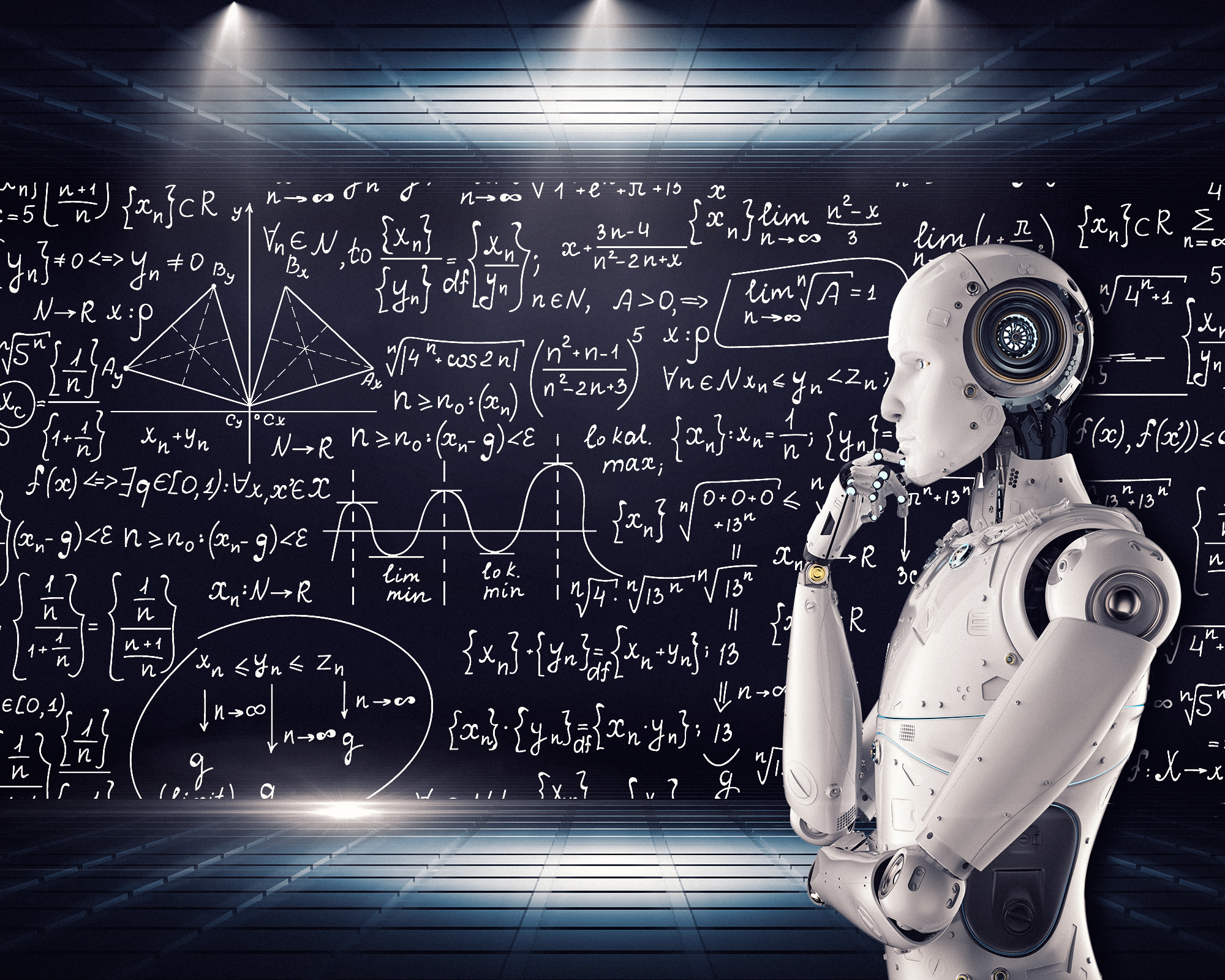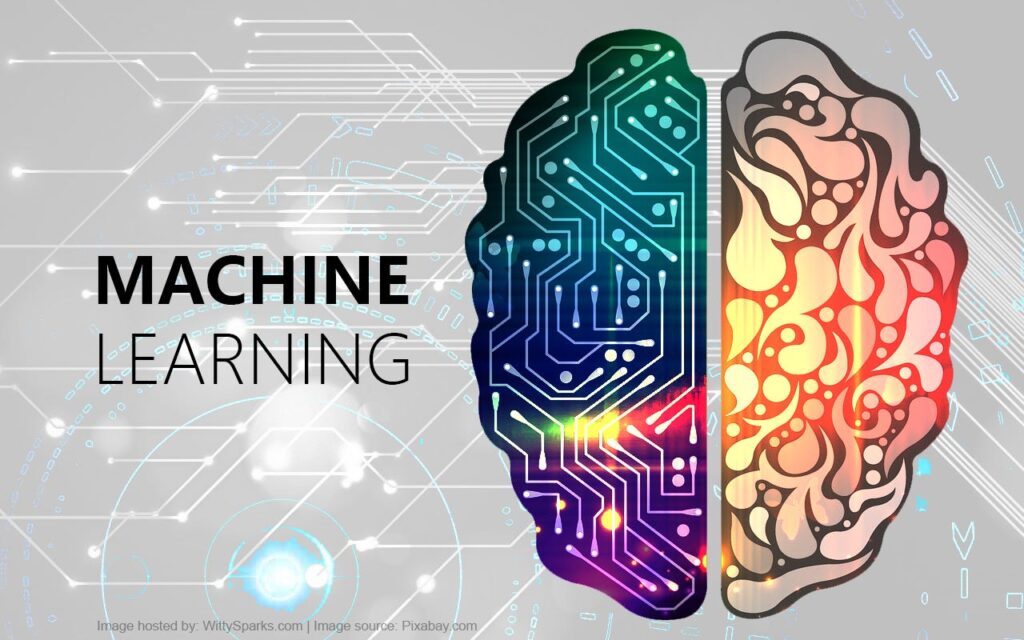
Machine learning (ML) has emerged as one of the most transformative and impactful technologies of the 21st century. From personalized recommendations on Netflix and Amazon to self-driving cars, machine learning is the engine behind many of the advancements we see today. It allows computers to learn from data, make decisions, and improve their performance over time without being explicitly programmed to do so. This article delves into what machine learning is, its types, applications, challenges, and its potential to shape the future.
What is Machine Learning?
Machine learning is a subset of artificial intelligence (AI) that focuses on the development of algorithms and models that enable computers to learn from data and make predictions or decisions. Instead of writing specific rules or instructions for a task, ML algorithms use large datasets to “learn” patterns, make decisions, and improve based on the feedback provided. In essence, ML mimics the way humans learn from experience and adapt their behavior over time.
Machine learning models are trained using vast amounts of data to recognize patterns, and once trained, they can make predictions on new data. For example, a machine learning algorithm trained to recognize images of cats can, after being trained on thousands of images, identify new images of cats with high accuracy.

Types of Machine Learning
Machine learning can be categorized into three main types:
- Supervised Learning Supervised learning involves training a model using labeled data, where the input data and the corresponding correct output are known. The model learns to make predictions by mapping input data to the output. For instance, a supervised learning model could predict housing prices based on features like location, size, and number of rooms, using a dataset where house prices are known.Common algorithms used in supervised learning include linear regression, decision trees, and support vector machines.

- Unsupervised Learning In unsupervised learning, the model is provided with data that is not labeled, and it must find patterns and structures within the data without any guidance. One of the main goals of unsupervised learning is to identify hidden patterns or groupings in the data.For example, clustering algorithms like K-means can be used to group customers with similar purchasing behavior for targeted marketing strategies.
- Reinforcement Learning Reinforcement learning is based on a reward-punishment system, where an agent learns to take actions in an environment to maximize cumulative rewards. This type of learning is commonly used in robotics, gaming, and autonomous systems.A popular example of reinforcement learning is AlphaGo, a program developed by DeepMind that used reinforcement learning to defeat the world champion in the board game Go.
Applications of Machine Learning
Machine learning has a wide range of applications across different industries. Here are some of the most significant ones:
- Healthcare Machine learning is revolutionizing healthcare by enhancing medical diagnoses, predicting disease outbreaks, and improving patient outcomes. For example, ML algorithms are being used to detect early signs of cancer in medical images or predict the likelihood of heart disease based on patient data. Furthermore, personalized treatment plans are being developed using machine learning models that consider individual patient data such as genetics, lifestyle, and medical history.

- Finance In finance, machine learning is used for fraud detection, credit scoring, algorithmic trading, and risk management. ML algorithms can analyze large datasets to identify unusual transaction patterns that may indicate fraudulent activity. Financial institutions also rely on machine learning models to assess the creditworthiness of individuals by analyzing their financial history and other relevant factors.
- Marketing Machine learning has become indispensable in digital marketing, enabling companies to offer personalized recommendations and content to their users. Platforms like Amazon and Netflix use ML algorithms to suggest products or movies based on the user’s past behavior and preferences. These recommendation systems have significantly improved user experience and increased customer engagement.
- Autonomous Vehicles Self-driving cars rely heavily on machine learning to navigate roads, avoid obstacles, and make decisions in real-time. Machine learning algorithms process data from sensors, cameras, and GPS to understand the environment and make driving decisions. Tesla’s Autopilot is an example of how machine learning can be used to develop semi-autonomous and fully autonomous vehicles.
- Natural Language Processing (NLP) Machine learning is also at the core of natural language processing (NLP), enabling machines to understand and generate human language. Applications like virtual assistants (e.g., Siri, Alexa), chatbots, translation services, and sentiment analysis all leverage machine learning models to process and interpret text or speech.
- Robotics Machine learning plays a significant role in robotics by enabling robots to learn and adapt to their environments. For example, robots used in manufacturing can be trained using machine learning to detect anomalies in production lines and adjust their actions to avoid defects.
Challenges in Machine Learning
Despite its immense potential, machine learning also faces several challenges that must be addressed to ensure its long-term success and reliability:
- Data Quality and Quantity Machine learning models are only as good as the data they are trained on. Poor-quality or insufficient data can lead to inaccurate predictions. In addition, obtaining large, diverse datasets can be difficult in some industries, which hinders the development of accurate machine learning models.
- Bias in Algorithms Machine learning algorithms can unintentionally perpetuate bias if the training data is biased. For example, biased data in hiring algorithms may result in unfair hiring practices. Addressing and mitigating bias in machine learning models is critical to ensuring fairness and transparency.
- Explainability Many machine learning models, especially deep learning models, are considered “black boxes” because their decision-making processes are difficult to interpret. This lack of transparency poses challenges in fields such as healthcare and finance, where it’s important to understand how decisions are made.

-
Security and Privacy Machine learning models require large amounts of data, which raises concerns about privacy and data security. Ensuring that personal data is protected while still enabling machine learning to function effectively is a critical challenge for organizations.

